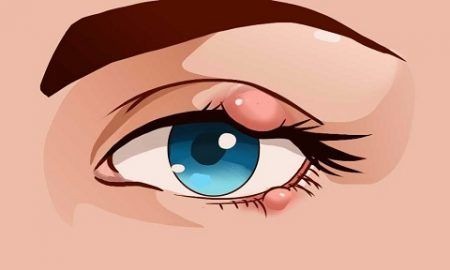Kybella Injections to Reduce Chin Fat

Image from mykybella.com
Fatty deposits in the submental area can be difficult to remove with exercise and diet. This fat type can make your lower face appear bulky and poorly contoured. It may give the appearance of a double chin. Liposuction surgery is an effective procedure in the treatment of submental fat. However, Kybella can be considered by patients looking for a nonsurgical option to treat submental fat. The treatment was recently FDA approved for the same purpose.
Kybella injection provider, during pre-treatment consultation, informs patients on several procedural aspects. This includes all related costs. You should consider all factors associated with the Kybella procedure for making a well-considered decision.
Khan Eyelid and Facial Aesthetics, led by board certified ophthalmologist and surgeon Dr. Tanya Khan, provides safe and proven Kybella submental fat reduction injections to patients in Plano, Dallas, Texas, and surrounding locations.
Comparing Kybella Costs with Surgery
Kybella injectable treatment costs differ a lot as compared to liposuction cosmetic surgery. The dollar amount of Kybella injections is a lot lower as compared to the price tag of a liposuction surgery. Liposuction, as with all other types of plastic surgery, involves the cost of sedation and general anesthesia. However, these financial factors do not occur in the case of Kybella injectable treatment.
Morever, liposuction sometimes involves other techniques, like radio frequency, ultrasound, and laser. This will increase the overall costs of surgery. Kybella is an in-office procedure while liposuction involves surgical facility costs.
Liposuction involves other additional costs as well, such as prescription meds, accessories, follow-up consultations, and medical tests. Kybella injections don’t include recovery expenses. Liposuction requires significant recovery period that translates into off-days. This is an opportunity cost saved by working professionals.
Kybella treatments have a minimal downtime. You can receive the treatment over the weekend without having to take any time off work.
Kybella Cost Factors
Kybella dermal fillers are similar to other injectable neuro-modulators, such as Botox and Dysport. Cost of treatment can vary between different practices depending on the geographic location of the practice. Interior or smaller towns have lower priced treatment options as compared to big urban city center or metropolitan towns.
The treatment provider for Kybella med spa injectables will first evaluate your unique neck and facial anatomy. They will understand your cosmetic goals to create a personalized treatment plan. Treatment providers may assess your overall heath status, body weight, and age. Extent of the treatment will be determined based on these factors and the treatment provider’s professional assessment. Extent and scope of the procedure will determine the overall treatment dollar figure.
Financing Options
Kybella injection financial implications are mostly not covered by health insurance carriers since it is an elective procedure. However, you can always choose to initiate a loan from third party medical care finance firms. The administrative staff at the treatment provider’s office will be able to help you with options. These are professional financiers offering loans for elective cosmetic procedures at competitive rates and flexible terms and conditions.
Oculoplatic & reconstructive surgeon Dr. Tanya Khan receives patients from Plano, Dallas, Texas, and nearby areas for advanced and effective facial aesthetic and eye care treatments.
Contact Khan Eyelid and Facial Aesthetics and Oculoplastic & Reconstructive Surgeon Dr. Tanya Khan Today to Schedule an Appointment
For more information about procedures and treatments at Khan Eyelid and Facial Aesthetics by Ophthalmic surgeon Dr. Tanya Khan. Click here to contact us.
Taking patients from in and around Dallas, Plano, Fort Worth, Grapevine, Garland, Mesquite, Carrollton, Irving, Frisco, Texas and more.



 Eyelid bumps are painful red lumps that appear at the edge of the eyelid. This occurs where the lash meets the eyelid. Blockage or bacteria in the oil glands of the lid is the reason for most bumps. Eyelid bumps don’t usually require medical attention since they are harmless.
Eyelid bumps are painful red lumps that appear at the edge of the eyelid. This occurs where the lash meets the eyelid. Blockage or bacteria in the oil glands of the lid is the reason for most bumps. Eyelid bumps don’t usually require medical attention since they are harmless.






Schedule a Consultation: 972-EYE-LIDS (393-5437)